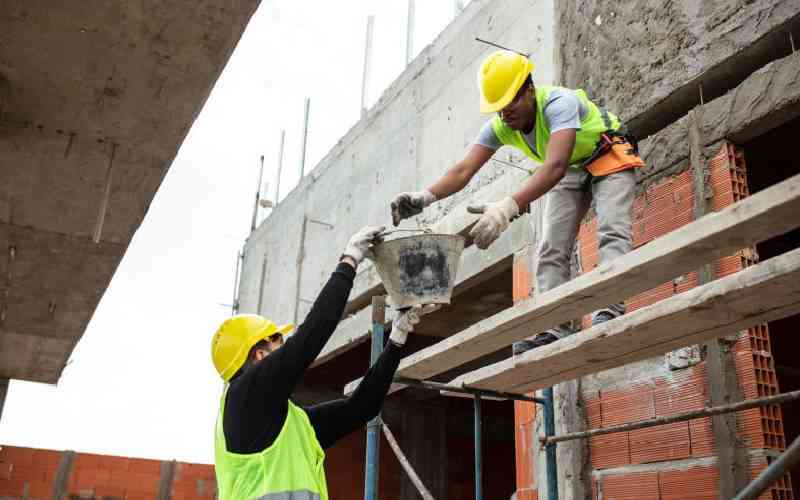
Net zero commitments have surged recently as cities, investors, businesses and educational institutions signal their intent to help create a more sustainable future.
This shared ambition, boosted by the UN's Race to Zero campaign, indicates that we are moving in the right direction. But we need more.
This year, we must turn talk into tangible action plans and get started.
Real estate and the built environment - responsible for close to 40 per cent of global carbon emissions - have a significant role to play.
Yet JLL's Decarbonising the Built Environment report found that only 18 per cent of the firms have a plan for decarbonising their real estate portfolio. While much attention is focused on new buildings that achieve the highest sustainability certifications, 70 per cent of the buildings today will still be here in 2050, highlighting the need to repurpose spaces, retrofit older buildings and refurbish in line with circular economy principles.
Firms needed a roadmap to get their real estate to net zero carbon emissions. Now they have one.
To guide real estate investors and occupiers on implementing and achieving their net zero carbon targets across their portfolios, JLL has partnered with the World Economic Forum to establish Green Building Principles and a related action plan that lays out the steps for implementation.
The principles complement existing initiatives by explaining what firms need to do to deliver against their commitments such as the WorldGBC Net Zero Carbon Buildings Commitment.
- Day out with the trash trackers of Mukuru slums
- We need to talk to our children about climate change
- Climate justice and conservation are undeniably interconnected
- Baku climate conference ignores Africa's power to capture carbon emissions
Keep Reading
The principles also include reporting guidance to help companies measure progress and ensure they are making meaningful annual carbon reductions that will allow them to meet their established climate targets. The 10 Green Building Principles cover five key areas:
Adopting a data-driven approachOne of the first steps is knowing what needs to be addressed. Businesses need to calculate a robust carbon footprint of their portfolios in the recent representative year to inform targets.
Setting goals along the journeyThe scale of the challenge facing us in the coming decades is daunting. Companies must set a target year for achieving net-zero carbon as part of their longer-term strategy.
This needs before 2050, though we're seeing firms and governments aim for sooner. New principles recommend interim targets for reducing at least 50 per cent of emissions by 2030.
Tackling embodied carbonBusinesses need to maximise emissions reductions for all new developments and major refurbishments in the pipeline to ensure delivery of net-zero carbon by their final target year.
Focusing on clean energyReducing the energy buildings consume is central to a net zero future. This means businesses need to drive energy optimisation across both existing assets and new developments.
 The Standard Group Plc is a multi-media organization with investments in media platforms spanning newspaper print
operations, television, radio broadcasting, digital and online services. The Standard Group is recognized as a
leading multi-media house in Kenya with a key influence in matters of national and international interest.
The Standard Group Plc is a multi-media organization with investments in media platforms spanning newspaper print
operations, television, radio broadcasting, digital and online services. The Standard Group is recognized as a
leading multi-media house in Kenya with a key influence in matters of national and international interest.











